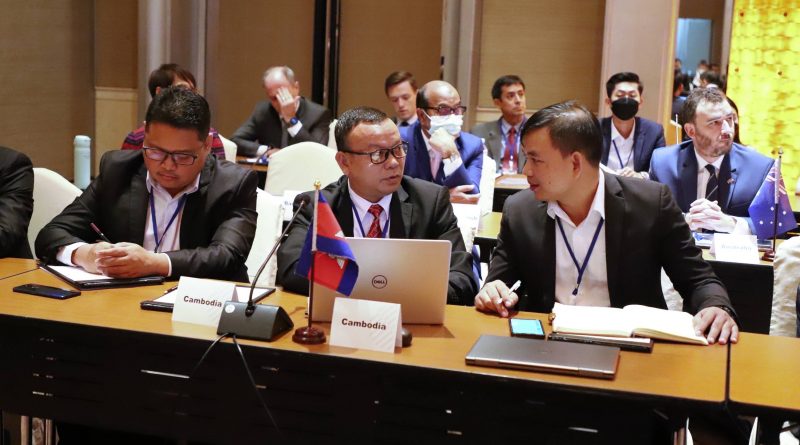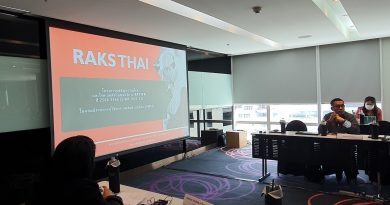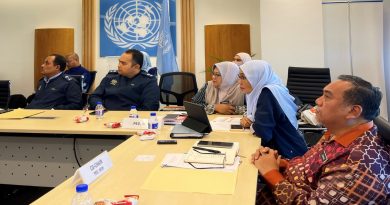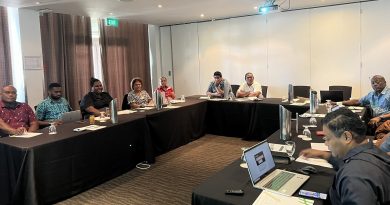Law enforcement, public health, and forensic experts discuss multidimensional strategies to address the growing Asian synthetic drug market
Bangkok (Thailand), 15 December 2022 – Year after year, the synthetic drug market in East and Southeast Asia continues to expand, with methamphetamine seizures reaching 172 tons in 2021 – nearly triple the amount from just five years ago. Ketamine seizures and its illicit production are also on the rise.
In light of the evolving situation, the UNODC Global Synthetics Monitoring: Analyses, Reporting and Trends (SMART) Programme convened a regional meeting, gathering experts across the fields of law enforcement, public health, and drug forensics from ASEAN member states, Australia, Bangladesh, Canada, China, Japan, the Republic of Korea, the United States and the World Customs Organization’s Regional Intelligence Liaison Office Asia Pacific, to share latest developments and discuss strategies to address the drug situation.

“Synthetic drugs, particularly methamphetamine, continue to be a pervasive challenge for Thailand and other countries in the region, especially with our proximity to drug producing areas,” remarked Wichai Chaimongkhon, Secretary-General of the Office of the Narcotics Control Board (ONCB) of Thailand. “We have adopted a balanced approach on supply and demand reduction, but other elements, including international cooperation, are essential as we see drugs sourced from other regions entering our market as well.”
At the same time, new synthetic drug products have emerged in the regional drug market, endangering the health and safety of communities. The proliferation of such products within the region highlights the need for early warning mechanisms to be adopted both nationally and regionally to inform countries of emerging drug threats and prevent crises before they occur.
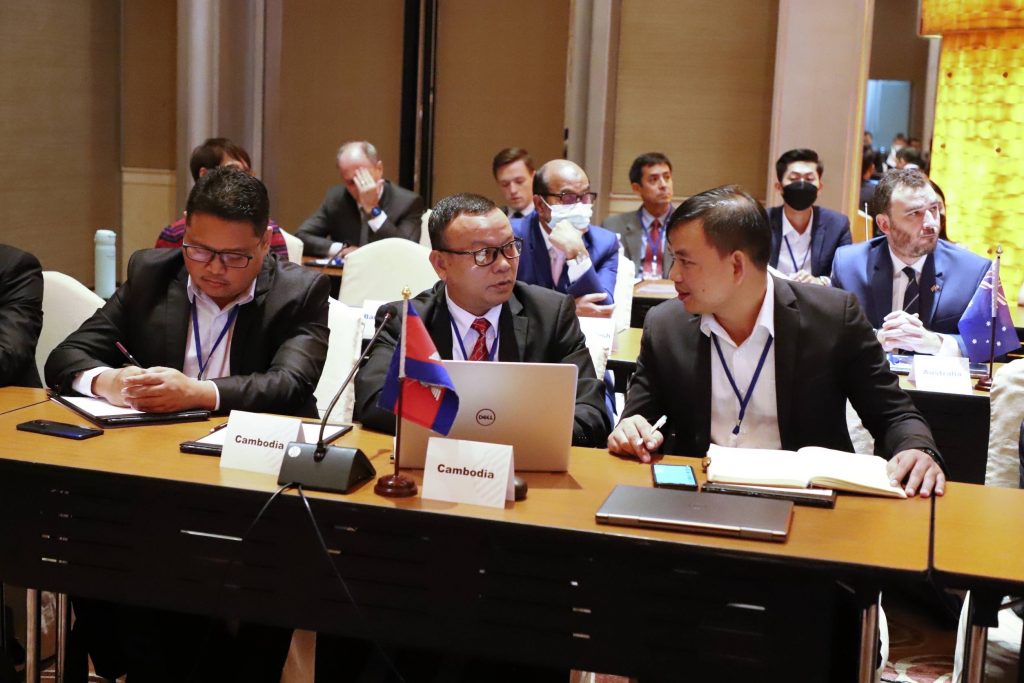
The growth of the synthetic drug market in East and Southeast Asia would not be possible without the ongoing diversion and trafficking of chemicals, both controlled and non-controlled, to illicit drug production sites, which continues to present significant challenges to authorities in the region. With the volumes of chemicals needed to produce the massive amount of synthetic drugs flowing in the region, another important concern is its environmental impact as well as the safe handling, storage, and disposal of chemicals.
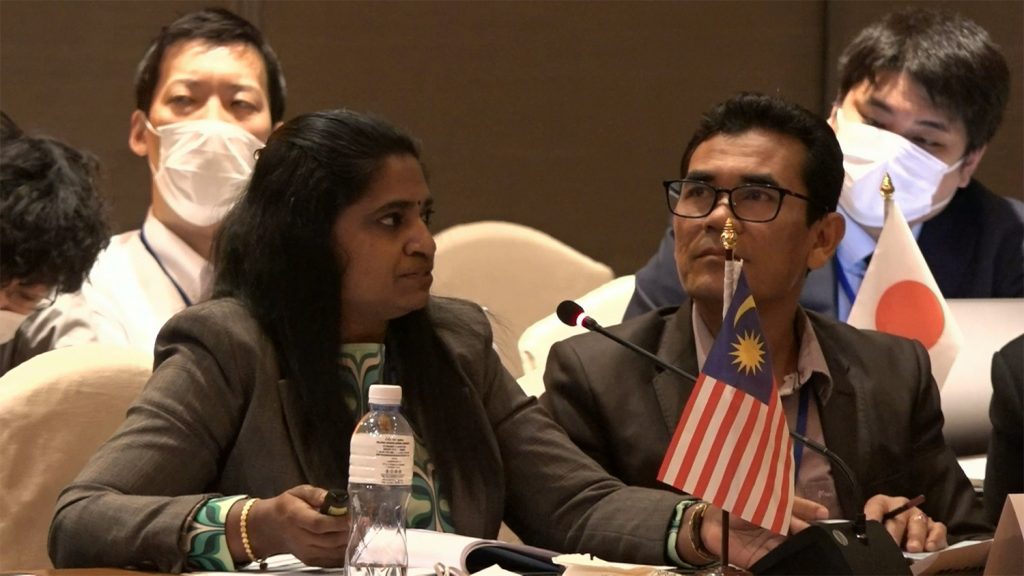
“As organized crime adopt alternative drug synthesis methods to circumvent legal control, forensic profiling of seized drugs become key to understanding changes in drug synthesis patterns and the chemicals used in illicit drug production,” noted Vanitha Kunalan, Director of the Narcotics Division of the Forensic Science Analysis Centre, Malaysia Department of Chemistry. “Authorities in the region should consider making drug profiling, particularly for methamphetamine, a part of their projects, if not routine.”
Participants reiterated that tackling the drug problem requires a multifaceted approach that takes into account all dimensions, and information-sharing as well as regional and interregional cooperation form part and parcel in formulating an effective strategy to prevent the production, trafficking, and use of drugs.
“UNODC will continue providing technical assistance to countries in the region to address the growing complexity and challenges associated with addressing the drug problem,” said Martin Raitelhuber, Illicit Synthetic Drugs Expert with UNODC.
Click here to learn more about UNODC’s Regional Programme for Southeast Asia
Click here to learn more about UNODC’s work to address drug and precursor challenges in the region
Click here to learn more about UNODC’s Global SMART Programme

